“There are wounds that never show on the body that are deeper and more hurtful than anything that bleeds.”
- Laurell K. Hamilton, Mistral’s Kiss
Childhood trauma casts a long shadow. Even if we can’t remember the specifics of what happened to us, or even if we think we’ve “gotten over it,” the impact of early trauma has a way of sneaking into our adult lives in subtle but profound ways.
This is because trauma, especially when it occurs during the critical developmental years of childhood, doesn’t just affect us emotionally or psychologically. It gets embedded in our very biology, in the patterns of our nervous system, in the way we instinctively respond to stress and intimacy (Van der Kolk, 2015).
So how do we begin to recognize and untangle these deep-rooted patterns? How do we bring the unconscious imprint of childhood trauma into the light of awareness so we can truly heal and transform it? There are many therapeutic approaches that can help illuminate this terrain, each offering its own unique insights and tools.
The Depth Psychology Perspective: Uncovering the Shadow
Depth psychology, particularly the Jungian tradition, offers a rich framework for understanding how childhood wounds continue to shape our adult lives through the concept of the “shadow.” The shadow represents the parts of ourselves that we have disowned, repressed, or denied – often because they were too threatening or overwhelming to the developing ego (Zweig & Abrams, 1991).
Childhood trauma can cause us to exile vast swaths of our authentic self into the shadow realm. The vulnerable parts that were hurt, the angry parts that weren’t allowed to express themselves, the spontaneous parts that were shamed or punished – all of these can get split off and buried in the unconscious.
But the shadow doesn’t just disappear. It continues to influence us from behind the scenes, pulling the strings of our thoughts, emotions, and behaviors in ways we often don’t understand. We may find ourselves repeatedly drawn into dysfunctional relationships, self-sabotaging patterns, or chronic feelings of emptiness and low self-worth, without realizing how these connect back to our early wounds.
Jungian shadow work involves courageously diving into this exiled material – through methods like dream analysis, active imagination, and creative expression – in order to reclaim and reintegrate these lost parts of ourselves. By shining a compassionate light on the shadow, we can start to loosen its unconscious grip and live more freely and authentically.
The Parts Work Perspective: Healing the Traumatized Inner Children
Parts work approaches like Internal Family Systems (IFS) and Structural Dissociation Theory provide another illuminating lens on childhood trauma. These models view the psyche not as a monolith, but as a complex system of sub-personalities or “parts” that developed to help us cope with overwhelming experiences (Schwartz, 1995).
When a child undergoes trauma, it is often too much for their unitary sense of self to bear. So the psyche does an intelligent thing: it compartmentalizes the experience. The part of the child that suffered the trauma gets frozen in time, holding the overwhelming sensations, emotions, and beliefs. Meanwhile, other parts step in to protect the traumatized part and maintain functioning (Van der Hart et al., 2006).
These inner divisions can persist into adulthood, even if we have no conscious awareness of them. We may experience sudden shifts in mood or behavior, or feel like we have different “sides” of ourselves that are in conflict. We may get hijacked by intense emotional flashbacks or dissociative numbing. We may have a harsh inner critic that constantly berates us, or a perfectionistic driver that pushes us to exhaustion.
Parts work involves building inner relationships of curiosity and compassion with these protective and traumatized parts. Instead of trying to eliminate them, the goal is to understand their positive intentions, appreciate their efforts, and gently unbundle the extreme roles they took on in childhood. As the parts feel seen and cared for by the core Self, they naturally begin to soften, trust, and transform.
The Somatic Perspective: Releasing Trauma from the Body
Somatic therapy approaches like Sensorimotor Psychotherapy and Somatic Experiencing bring another critical dimension to trauma healing: the body. These modalities recognize that trauma isn’t just “in our heads,” but is deeply embedded in our physiology (Levine, 2010).
When we undergo trauma as children, our survival brain structures like the amygdala are often overactivated, while our higher brain structures like the prefrontal cortex are underactive or even offline. This means that the intense sensations and emotions of the traumatic experience can get “stuck” in the body, without being fully processed and integrated (Ogden et al., 2006).
These unresolved somatic remnants of trauma can manifest in a variety of ways in adulthood. We may experience chronic muscle tension, digestive issues, or unexplained pain. We may have a nervous system that’s always on high alert, primed for danger even when we’re objectively safe. We may find ourselves instinctively flinching or freezing in certain situations, without understanding why.
Somatic therapies work directly with these physiological patterns to help release stuck survival energy and restore nervous system regulation. By gently guiding mindful attention to body sensations, encouraging pendulation between activation and settling, and completing truncated defensive responses, these approaches help the body to organically process and heal old wounds.
The Relational Perspective: Transforming Attachment Patterns
Childhood trauma also profoundly impacts our capacity to form secure, trusting relationships – both with others and with ourselves. When our early experiences with caregivers are marked by neglect, inconsistency, or abuse, we can develop insecure or disorganized attachment patterns that continue to shape our relational lives as adults (Heller & LaPierre, 2012).
With an anxious attachment style, we may find ourselves constantly seeking reassurance and emotional intensity, terrified of abandonment. With an avoidant attachment style, we may keep people at arm’s length, convinced that we don’t need anyone, all the while feeling profoundly lonely inside. With a disorganized attachment style, we may swing chaotically between clinging and pushing away, unable to tolerate either closeness or distance.
Attachment-focused therapies like Accelerated Experiential Dynamic Psychotherapy (AEDP) and Emotionally Focused Therapy (EFT) aim to heal these early relational wounds and create new, secure attachment experiences – both within and between people (Fosha, 2000; Johnson, 2019).
By providing a safe, attuned, and empathetic therapeutic relationship, these approaches help to rewire the nervous system for connection and emotional safety. They focus on identifying and transforming the “demon dialogues” and “negative interaction cycles” that keep old attachment patterns in place, and on cultivating new capacities for intimacy, vulnerability, and interdependence.
Over time, as we internalize these new relational experiences, we can start to develop what’s called “earned secure attachment” – a deep sense of being seen, accepted, and loved that wasn’t available to us in childhood, but that we can nurture in adulthood (Roisman et al., 2002). This inner foundation of safety and belonging then ripples out into all areas of our lives, allowing for greater resilience, vitality, and authentic self-expression.
References:
Fosha, D. (2000). The transforming power of affect: A model for accelerated change. Basic Books.
Heller, L., & LaPierre, A. (2012). Healing developmental trauma: How early trauma affects self-regulation, self-image, and the capacity for relationship. North Atlantic Books.
Johnson, S. M. (2019). Attachment theory in practice: Emotionally focused therapy (EFT) with individuals, couples, and families. Guilford Press.
Levine, P. A. (2010). In an unspoken voice: How the body releases trauma and restores goodness. North Atlantic Books.
Ogden, P., Minton, K., & Pain, C. (2006). Trauma and the body: A sensorimotor approach to psychotherapy. W.W. Norton & Company.
Roisman, G. I., Padrón, E., Sroufe, L. A., & Egeland, B. (2002). Earned–secure attachment status in retrospect and prospect. Child Development, 73(4), 1204-1219.
Schwartz, R. C. (1995). Internal family systems therapy. Guilford Press.
Van der Hart, O., Nijenhuis, E. R., & Steele, K. (2006). The haunted self: Structural dissociation and the treatment of chronic traumatization. W.W. Norton & Company.
Van der Kolk, B. A. (2015). The body keeps the score: Brain, mind, and body in the healing of trauma. Penguin Books.
Zweig, C., & Abrams, J. (1991). Meeting the shadow: The hidden power of the dark side of human nature. J.P. Tarcher.






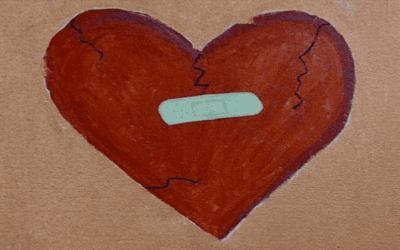

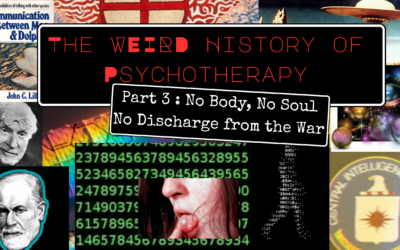
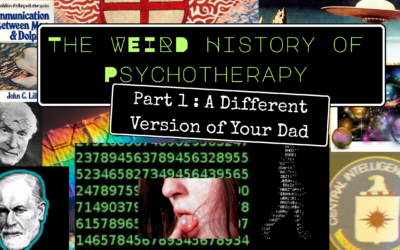


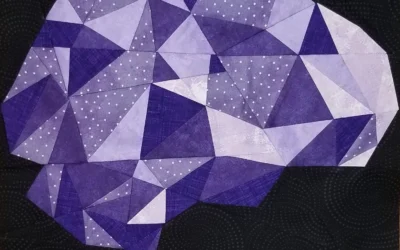

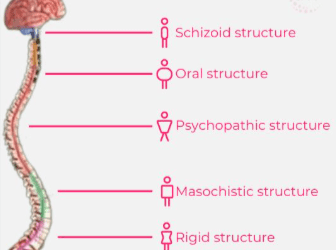









0 Comments